In an effort to preserve its rich historical and cultural legacy, the Maharashtra government issued a notification declaring five sites in western Maharashtra as state-protected monuments. The announcement comes under the Maharashtra Ancient Monuments and Archaeological Sites and Remains Act, 1960, which empowers the state to conserve and regulate monuments of historical significance.
The five sites now slated for protection include the birthplace of Shrimant Maharaja Yashwantrao Holkar at Bhuikot Killa in Pune district, the prehistoric petroglyphs at Devache Gothane in Ratnagiri district, the Khadakeshwar temple at Jamkhed, the Mahadev temple at Parali in Satara district, and the Wadwalaneshwar Mahadev temple in Chhatrapati Sambhajinagar. Citizens have been invited to submit any objections to the state government within two months of the notification, as part of the process for finalizing the declarations.
Among these, the birthplace of Shrimant Maharaja Yashwantrao Holkar at Bhuikot Killa is particularly notable. Holkar was a celebrated military leader of the Holkar dynasty and a prominent figure in the Maratha Empire, known for his strategic acumen and courage. His contributions were recognized even by the British during the colonial period. Protection of this site ensures that his historical legacy is preserved for future generations.
The prehistoric petroglyphs at Devache Gothane in Ratnagiri district hold scientific and cultural importance, representing carvings from the prehistoric era in a region known for magnetic deflection phenomena. Meanwhile, the Khadakeshwar temple at Jamkhed, dating back to the 12th or 13th century, showcases Chalukya architectural influence, comprising a sanctum sanctorum, sabhamandap, mukhamandap, and Nandi mandap.
The Mahadev temple at Parali, believed to have been constructed in the 13th or 14th century, features intricate carvings, including lotus motifs, animal figures, geometric patterns, and an idol of Lord Ganesha on the architrave. Its sabhamandap is supported by sixteen pillars, and the front façade includes a prominent mahastambha. The Wadwalaneshwar Mahadev temple at Wadwali, dating back to the 12th or 13th century, reflects both Chalukya and Yadava influences, and similarly includes a sanctum sanctorum, sabhamandap, mukhamandap, and Nandi mandap.
State-protected monuments in Maharashtra include forts, temples, caves, palaces, wadas, memorial stones, and inscriptions. Unlike centrally protected sites maintained by the Archaeological Survey of India (ASI), these are overseen by the Directorate of Archaeology and Museums under the state government. Over 300 sites have previously been declared as state-protected, emphasizing the state’s commitment to safeguarding its historical assets.
Under the law, construction or excavation within 100 meters of these monuments is strictly prohibited, and development within 200 meters requires special permission from authorities. These provisions ensure that urbanization and other human activities do not compromise the structural integrity and historical value of the sites.
Through this notification, the Maharashtra government has exercised its powers under sub-section (1) of section 4 of the Maharashtra Ancient Monuments and Archaeological Sites and Remains Act, 1960, signaling an active effort to protect and maintain the state’s heritage. Citizens are encouraged to participate by submitting objections or suggestions, allowing public engagement in the conservation process.
This latest move underscores the state’s commitment to preserving architectural, historical, and cultural legacies, ensuring that monuments from various dynasties, including the Marathas, Rashtrakutas, Yadavas, and Bahamanis, are protected and maintained for educational and cultural purposes.




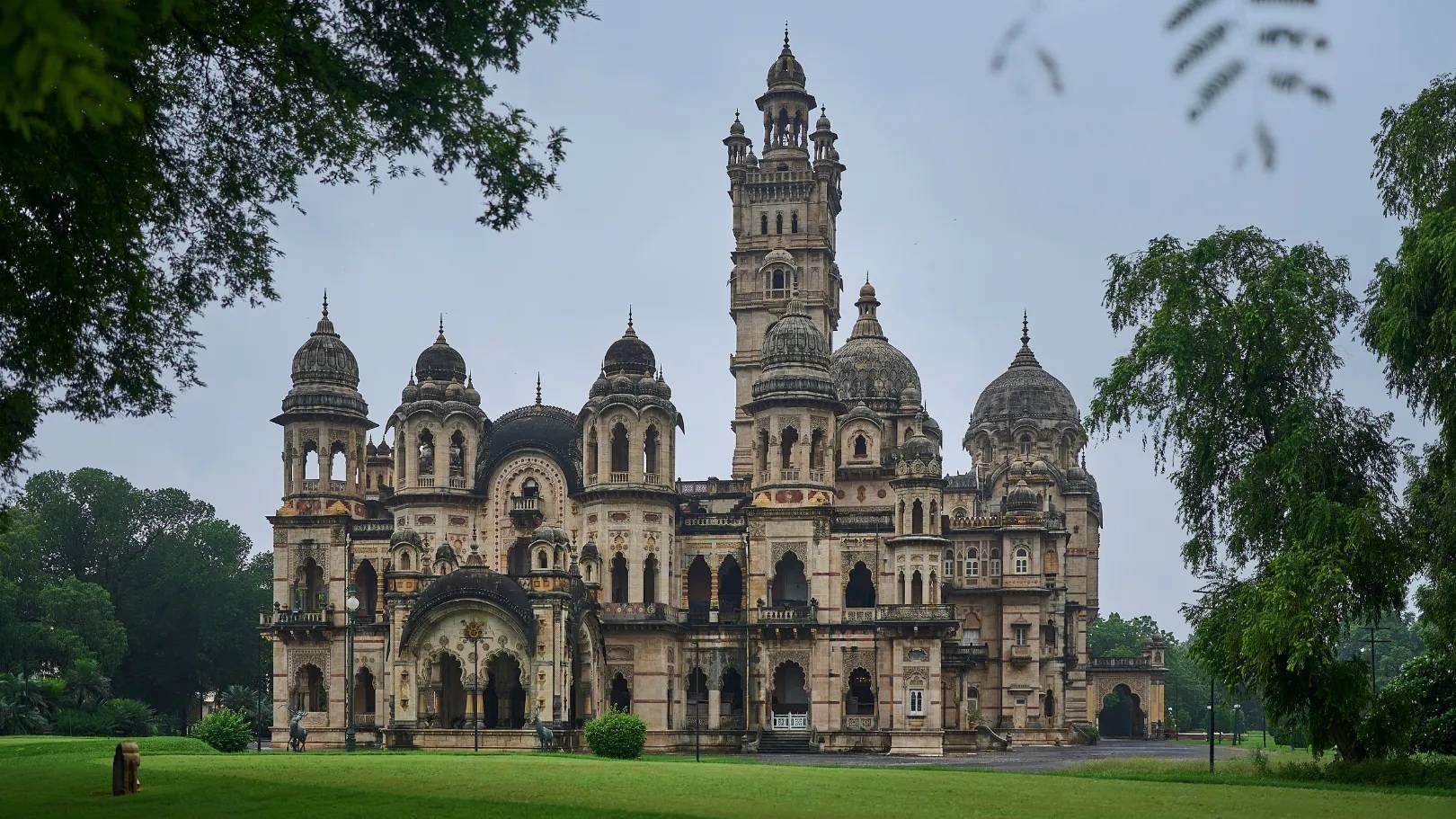
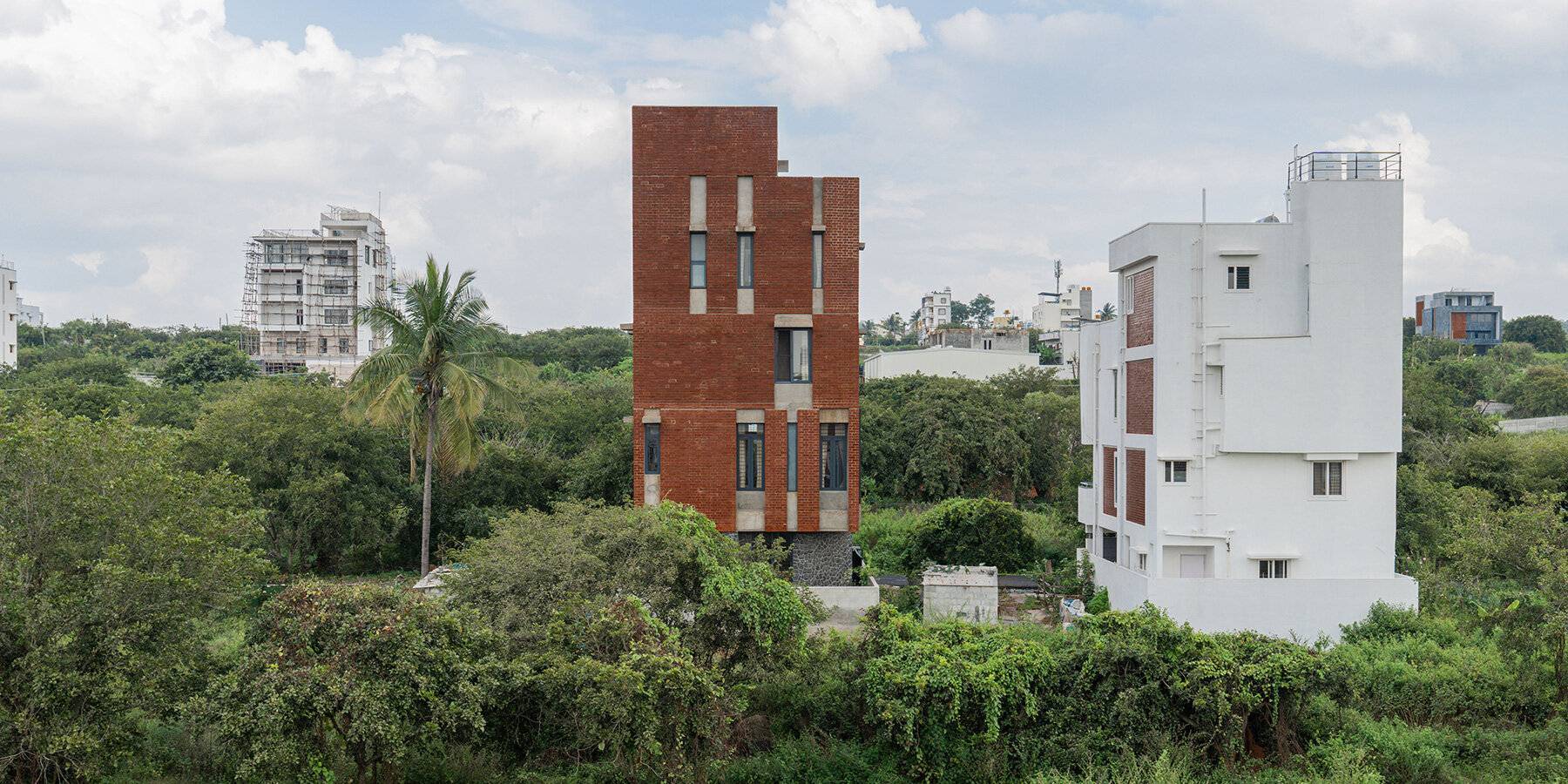
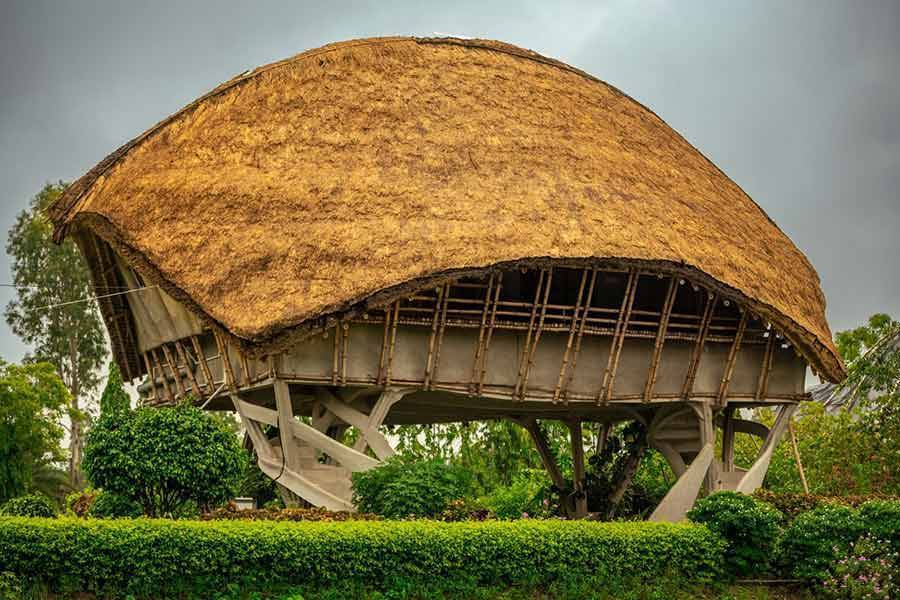
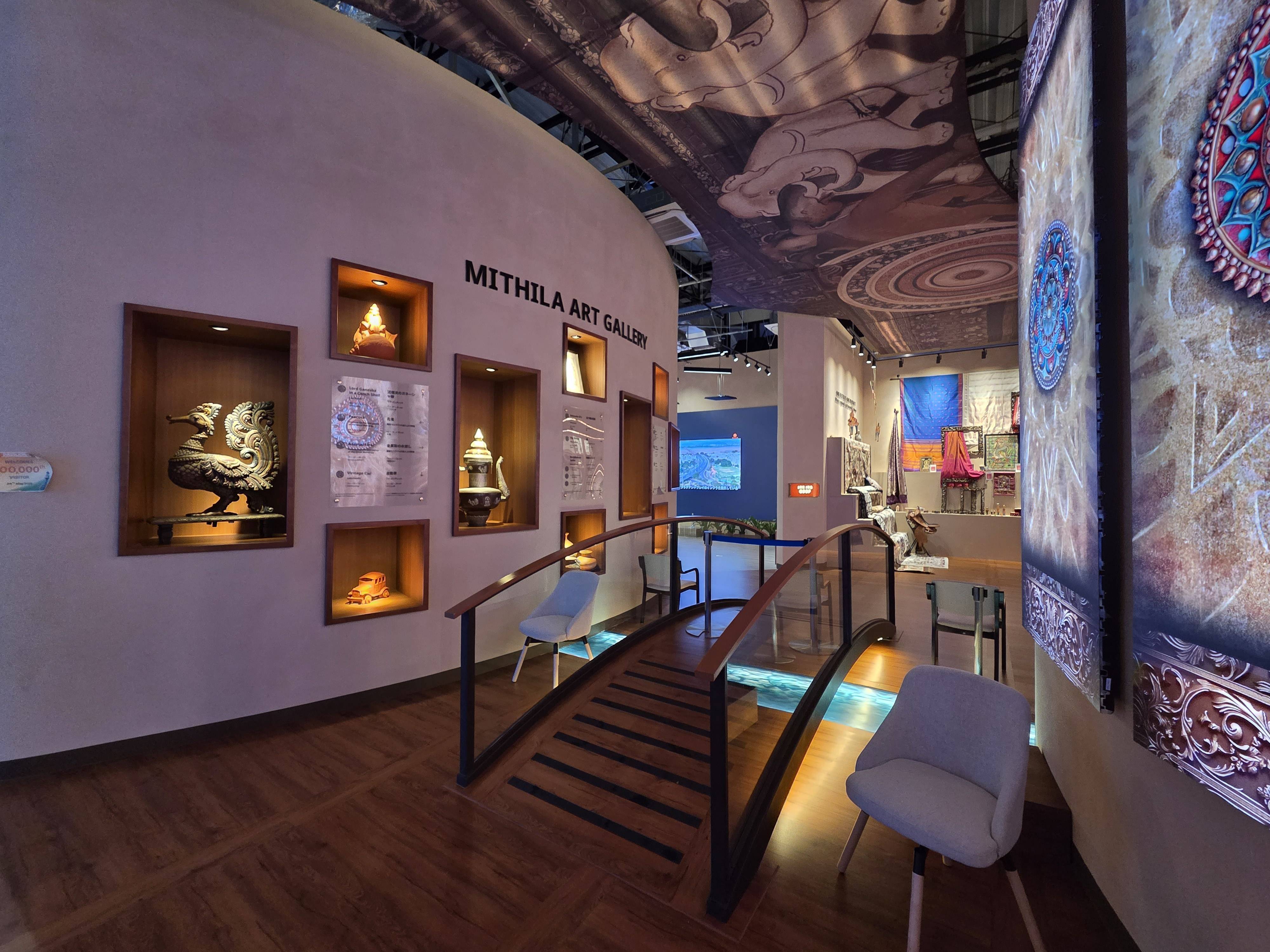
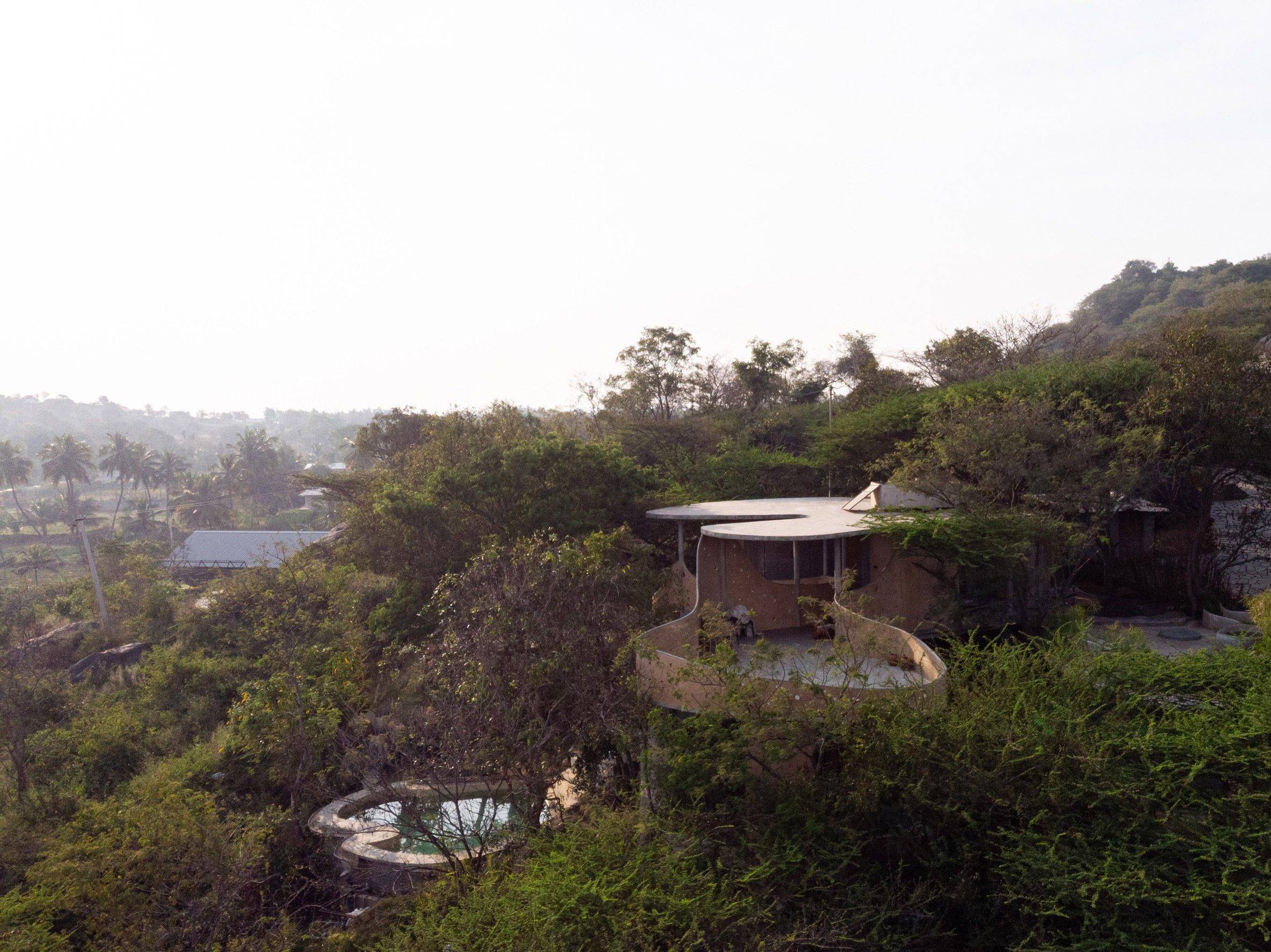
.png)